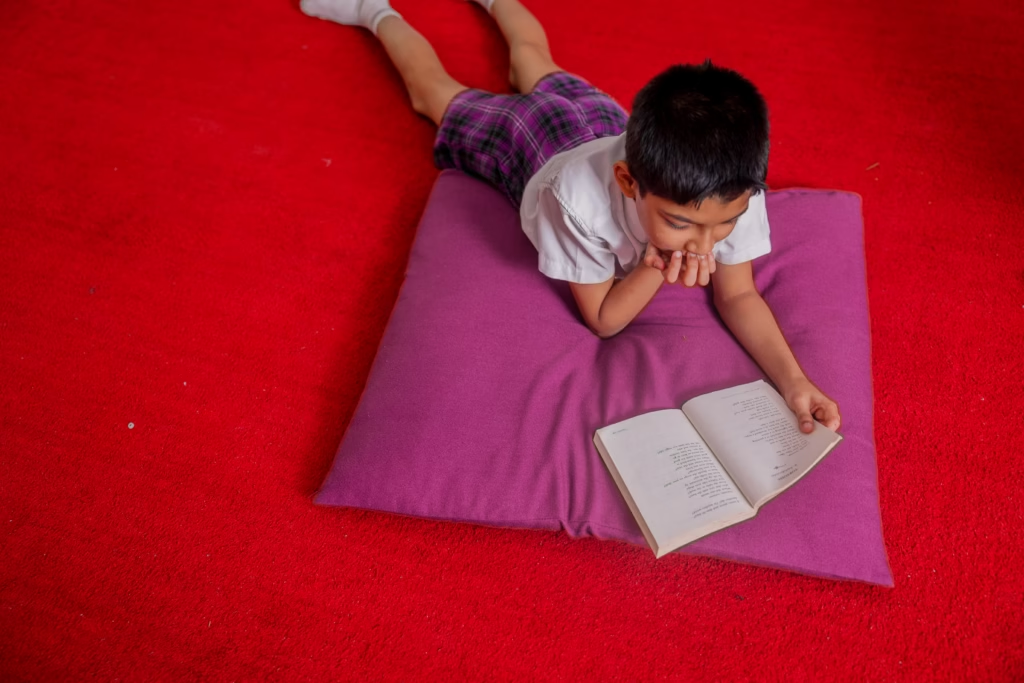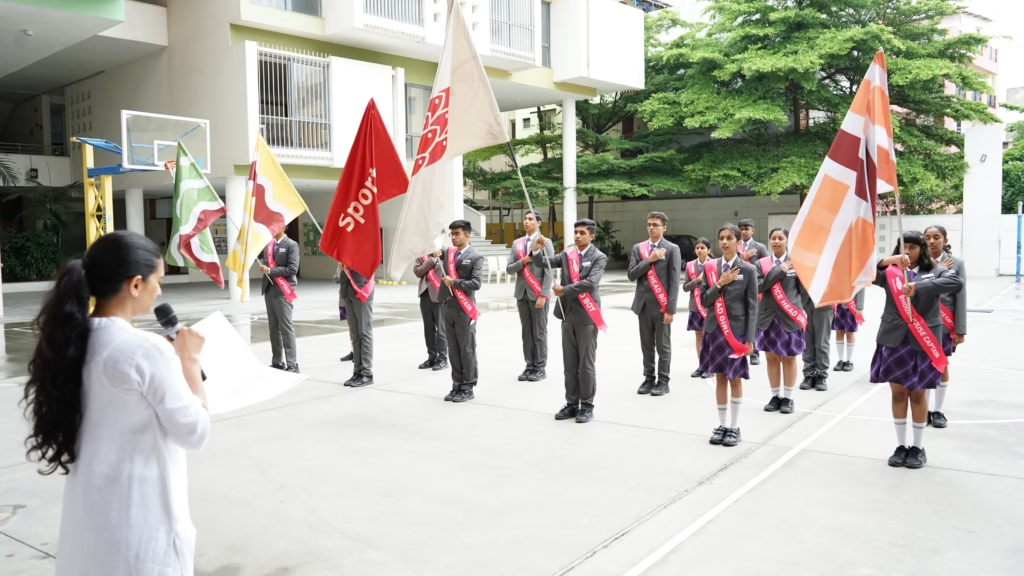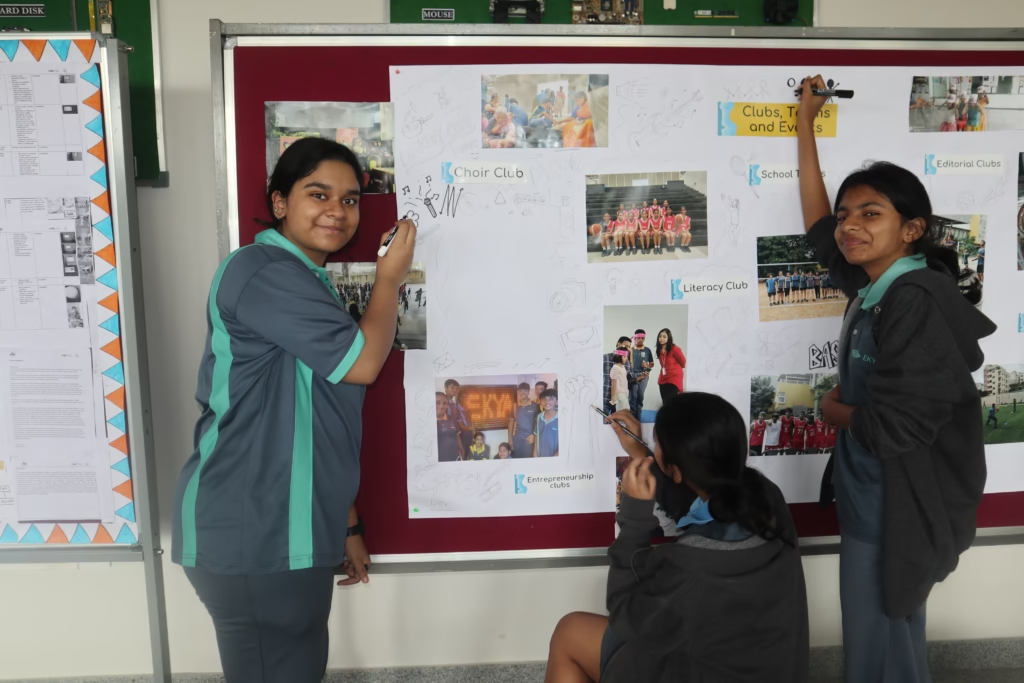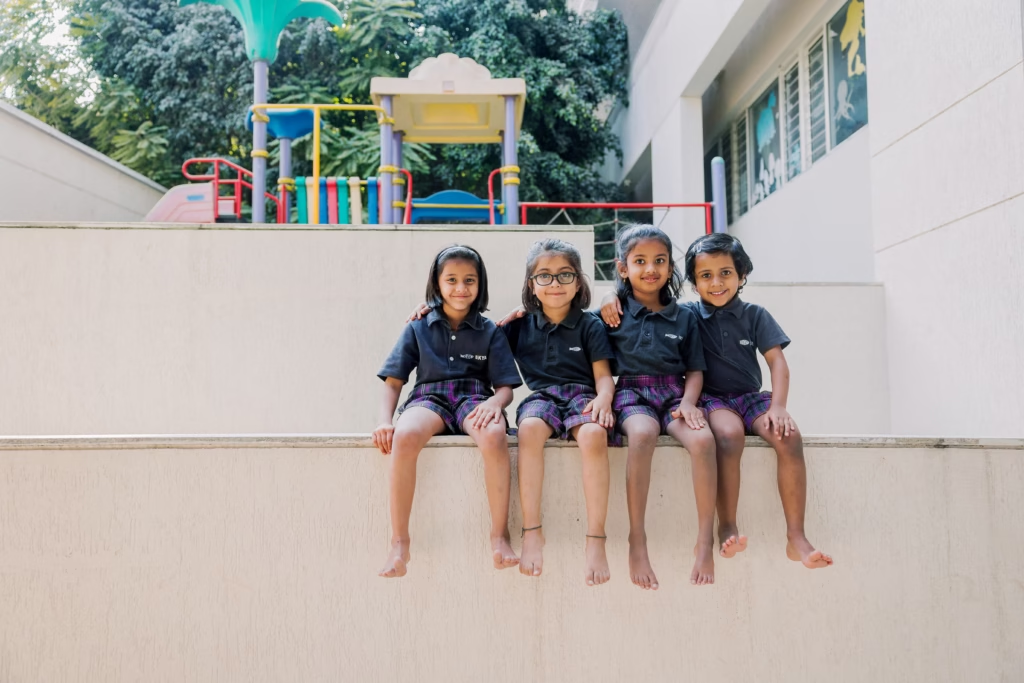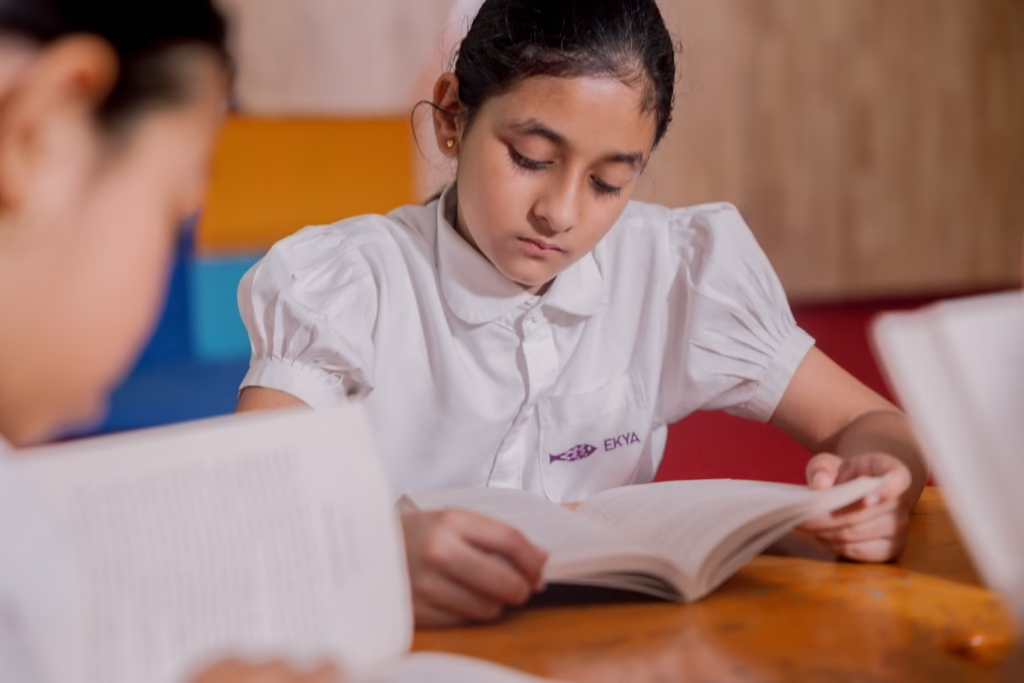The Future of Education: A Look Ahead with Ekya Nava
“What do you want to be when you grow up?” It’s a question we’re all familiar with, but let’s be honest—the answers are changing. Gone are the days when “doctor,” “engineer,” or “lawyer” were the only options. Today, kids dream of becoming AI ethicists, climate change activists, or even space entrepreneurs. And why not? The future is full of possibilities we can’t even imagine yet. But here’s the real question: Is our education system ready to prepare them for that future? At Ekya Nava, one of the best international schools in Bangalore, the answer is a resounding yes. How? By rethinking education from the ground up. Let’s dive in. Why Do Kids Need to Learn This? We’ve all been there. Sitting in class, wondering, “When will I ever use this in real life?” At Ekya Nava, that question doesn’t go unanswered. At Ekya Nava, students connect lessons to real-world challenges. The school’s curriculum is designed to connect learning to the real world. Think purpose-based learning where students tackle problems like: Designing sustainable cities Creating apps to solve community issues Debating global policies It’s not just about what students learn—it’s about how they learn. And at Ekya Nava, the “how” is interactive, engaging, and downright exciting. But What About Technology? “Will robots take over our jobs?” “How do I stay relevant in a world run by AI?” These aren’t just questions for adults—they’re questions kids are asking too. At Ekya Nava, students don’t just use technology—they understand it. They learn to create with it, innovate through it, and even question its impact. Because the future isn’t about competing with machines; it’s about working alongside them. What If I’m Not a ‘Leader’? Ekya Nava’s student council system provides students leadership roles Let’s get one thing straight: leadership isn’t about being the loudest in the room or having the most followers. It’s about empathy, collaboration, and the courage to take initiative. At Ekya Nava, leadership is for everyone. Through programs like the Leadership Bootcamp and Student Council, students learn to: Speak up for what they believe in Work as a team to solve problems Take ownership of their ideas And the best part? They don’t just learn it—they live it. What Makes Ekya Nava Different? In a city filled with educational options, Ekya Nava stands out as one of the best international schools in Bangalore. Here’s why: Personalised Learning: No two students are the same, and neither are their learning paths. Ekya Nava tailors education to fit each student’s strengths, interests, and pace. Global Perspective: From global citizenship programs to cross-cultural exchanges, students learn to think beyond borders. Real-World Skills: Whether it’s public speaking, critical thinking, or financial literacy, students graduate with skills that matter. So, What’s Next? The future of education isn’t a distant dream—it’s happening right now at Ekya Nava. By combining academic excellence with innovation, leadership, and a whole lot of heart, the school is preparing students not just for the future but to shape it. So, the next time someone asks, “What do you want to be when you grow up?” Ekya Nava students won’t just have an answer—they’ll have a plan. Because the future doesn’t wait. And neither should your children!


